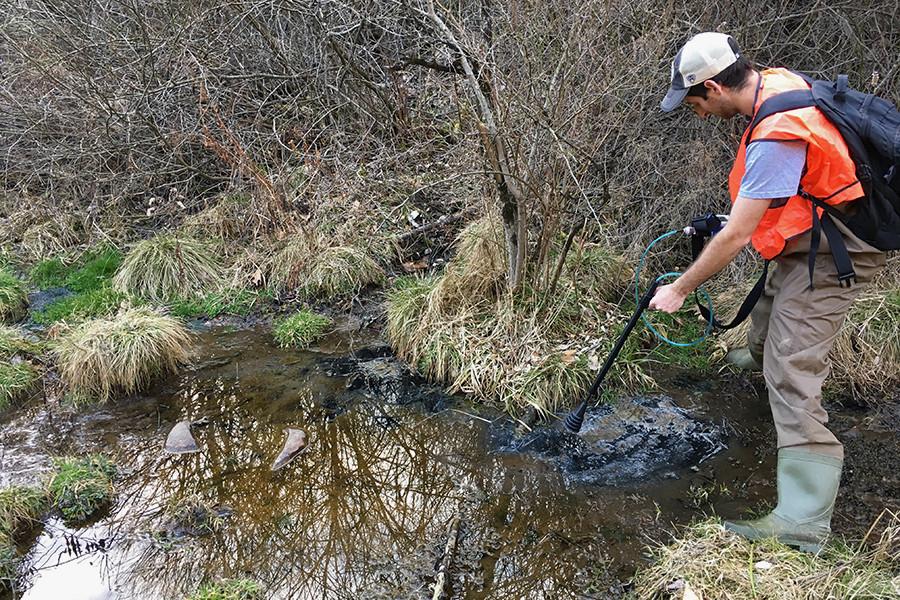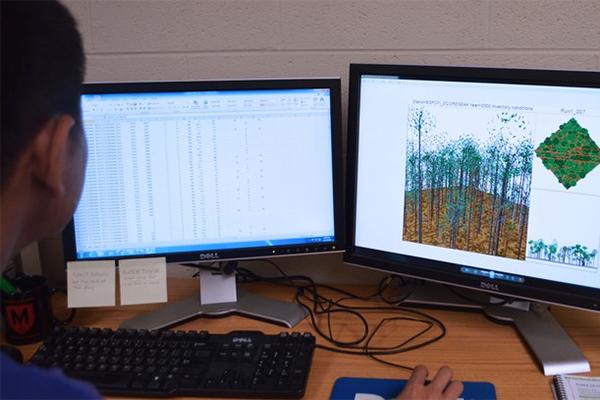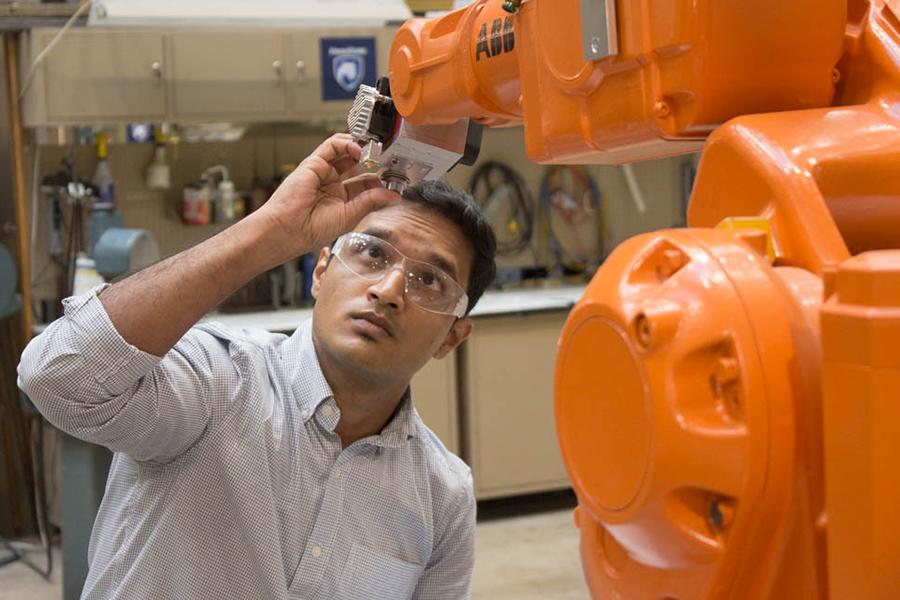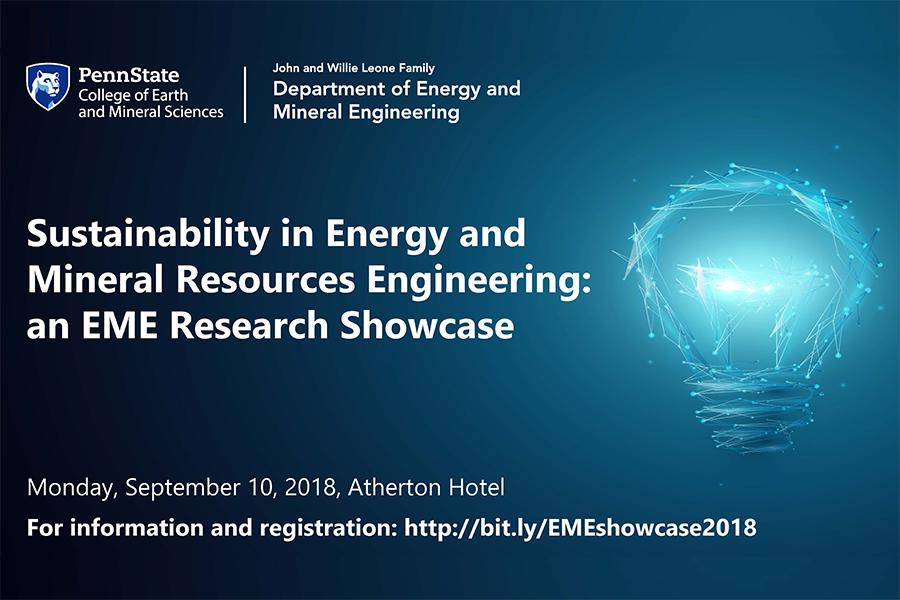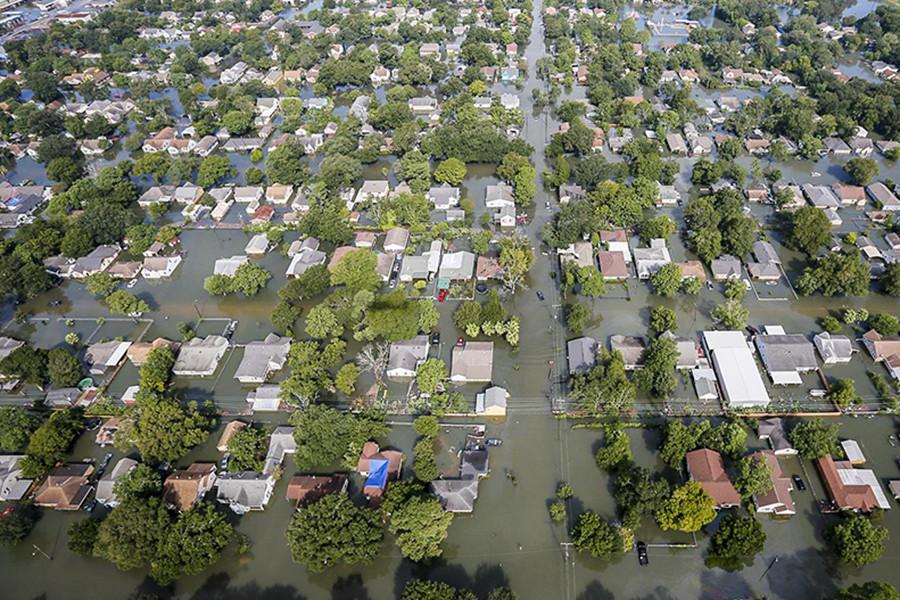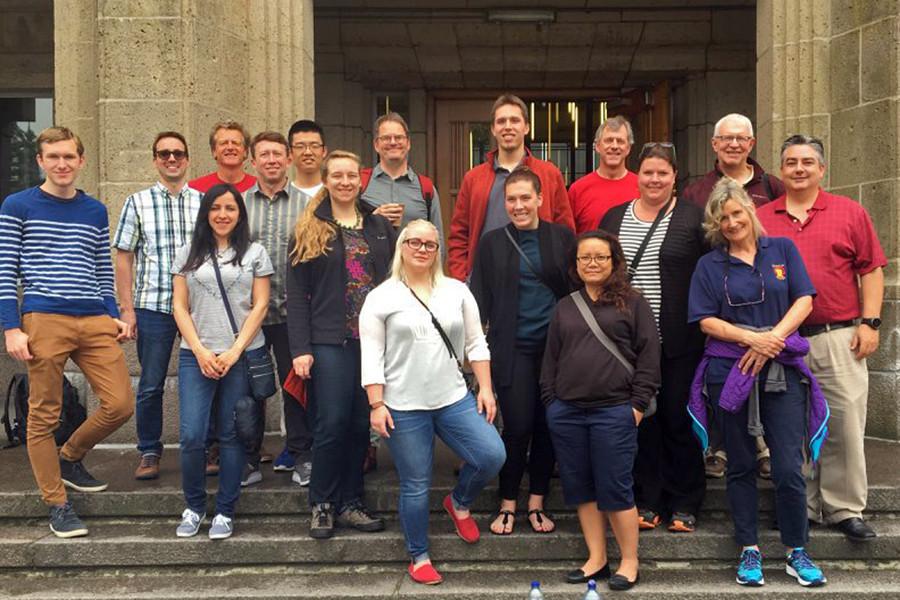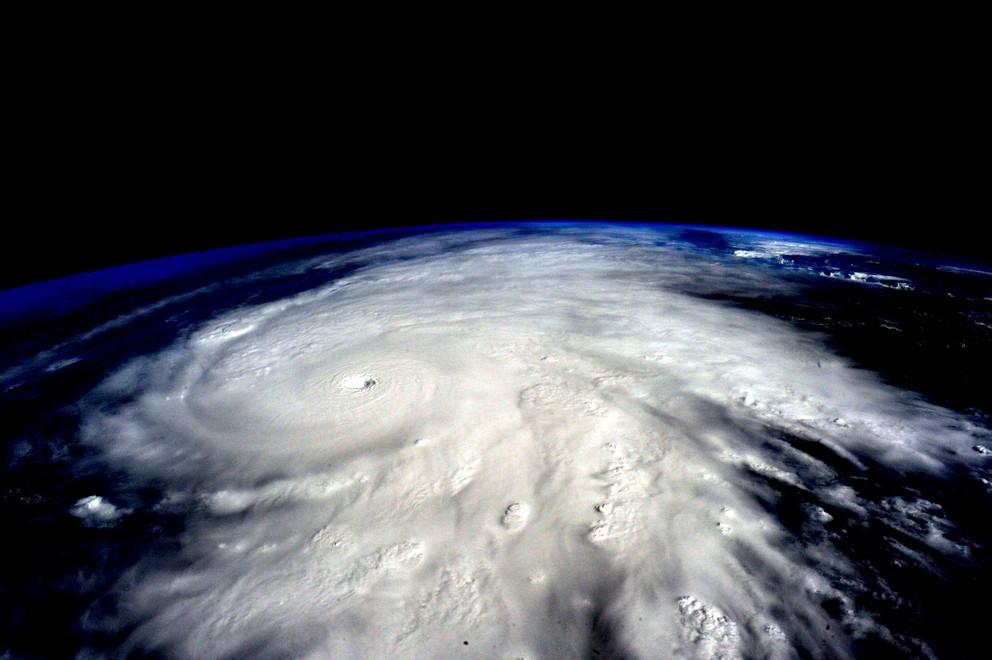Our graduate students are integral to the research we conduct, and they also are dedicated to making a difference in communities. Learn more about their research, outreach efforts, and other projects below.
News
Chemical clues in waters near Marcellus Shale gas wells in rural Pennsylvania can identify new drilling-related sources of methane contamination, according to scientists.
'The Bearded Lady Project' photography exhibit, which highlights women in science and draws attention to issues they face, is now open in the Earth and Mineral Sciences Museum & Art Gallery.
The forests we walk through today are not the same as the ones that existed hundreds of years ago. Human activities such as agriculture, development, and logging have changed them. Fire, or really the lack of it, also changed forests, to the detriment of some species like oaks and pines.
Schreyer Honors College and College of Earth and Mineral Sciences graduate Patrick Stephens models three-dimensional terrain around the world while continuing to build his own cartography business.
Introduced in 2017, the AMD program is educating students and working engineers to become technical experts in additive manufacturing and design.
Warren Washington became the second African-American nationwide to earn a doctoral degree in meteorology when he received his degree from Penn State in 1964, but his ties to the University extend beyond that.
The College of Earth and Mineral Sciences’ John and Willie Leone Family Department of Energy and Mineral Engineering (EME) will be hosting a research showcase, “Sustainability in Energy and Mineral Resources Engineering,” from 10 a.m. to 6:30 p.m. on Monday, Sept. 10.
Climate science is a field devoted to the study of Earth’s climate in the past, present and future. Understanding the Earth’s future climate is vital, and in response Penn State has established a new dual-title doctoral program in climate science.
Students enrolled in Penn State World Campus' master of geographic information systems program recently took part in a Challenges in Global Geospatial Analytics course.
Improving forecasting for a host of severe weather events may be possible thanks to a more comprehensive method for measuring the Earth's boundary layer depth, developed by Penn State researchers.


